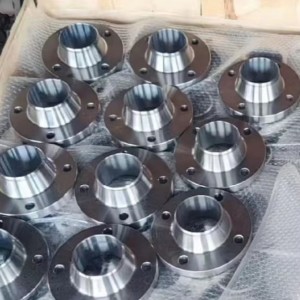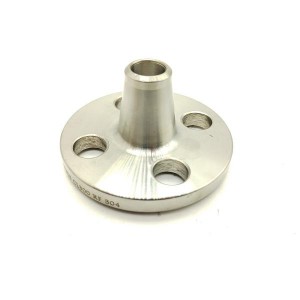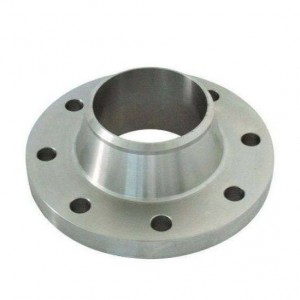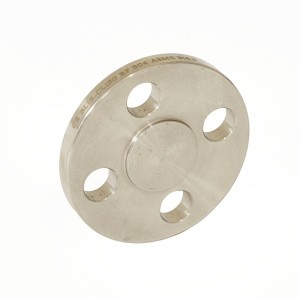Stainless Steel Blind Flange



A blind flange is a type of pipe flange used to seal the end of a piping system, pressure vessel, or valve opening. Unlike standard flanges, it does not have a bore (center hole), making it ideal for isolating or terminating pipelines.
Key Features of Blind Flanges
- Solid Design – No internal opening, providing a tight seal.
- Pressure Containment – Withstands high pressure, preventing leaks.
- Easy Installation & Removal – Used for maintenance, inspection, or future expansion.
- Material Variety – Available in carbon steel, stainless steel, alloy steel, and other materials.
- Standards Compliance – Manufactured to ASME/ANSI, API, DIN, EN, and other international standards.
Common Applications
✔ Pipeline Termination – Seals the end of a pipe system.
✔ Pressure Vessel & Boiler Access – Allows inspection or cleaning.
✔ Isolation During Maintenance – Blocks off sections for repair.
✔ Future Expansion – Temporarily seals unused connections.
Types of Blind Flanges
| Type | Description |
|---|---|
| Flat Face (FF) | Smooth sealing surface, used with flat gaskets. |
| Raised Face (RF) | Slightly raised surface for better sealing. |
| Ring-Type Joint (RTJ) | Uses a metal ring gasket for high-pressure applications. |
| Threaded Blind Flange | Has internal threads for screwing onto pipes. |
Standards & Specifications
- ASME B16.5 (Standard for pipe flanges up to 24″)
- ASME B16.47 (Large-diameter flanges)
- API 6A (For wellhead & Christmas tree equipment)
- EN 1092-1 (European standard)
Why Choose a Blind Flange?
✅ Safety – Prevents unwanted flow or pressure release.
✅ Versatility – Suitable for oil & gas, chemical, water, and industrial systems.
✅ Cost-Effective – Simple design with long service life.
Mila
Write your message here and send it to us














